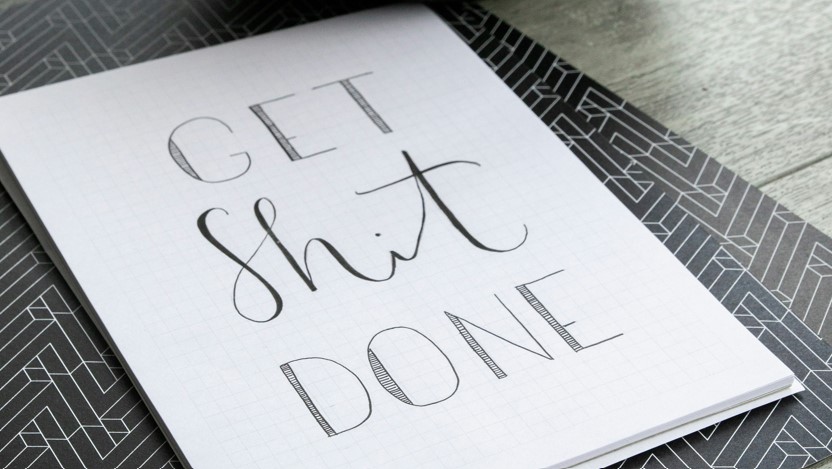
Experts agree: it’s time to clean your workspace for your most creative era yet Spring cleaning is overrated. In the Spring, I want to go-go-go! Not get bogged down in the minutiae of tidying. But once I get started, I’m one of those people who can’t stop decluttering. So I carve out designated days for


